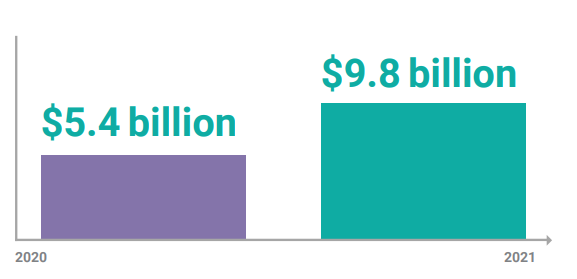Cybersecurity Trends in Aerospace and Defense Applications
From an Intel perspective, speaking about security from the commercial side, Areno noted, “We don’t have the same leeway that defense contractors and others have. We are a global company. We serve governments all around the world. We have got to continue that support for those governments. That is why you have seen a big push from Intel in the compute lifecycle assurance initiative and our transparency supply chain initiative. [This is] to help people understand what our supply chain looks like, what we are doing to mitigate risk and concerns, and how we are trying to work with governments [on] those regulations — developing laws and procedures — to help them have some level of confidence in the integrity of the product we are providing.”
ESPIONAGE CONCERNS FOR THE A&D INDUSTRY
Attacks such as the SolarWinds incident, which appears to be linked to espionage by a rival nation state, raise deeper concerns for the aerospace and defense industry over aircraft breaches, weapon systems hacks, and similar threats.
“The challenge being,” Thompson explained, “that if your enterprise network is compromised and you are doing your development of your weapons platform or your aerospace system on that enterprise network, it certainly makes sense that it can be jumped. Attacks can be jumped all the way down into the code that is going to be deployed. One of the benefits of working in defense is that you can classify certain activities and you can put them on closed networks, but it creates a burden to do that. It is a balancing act.
Cybersecurity Enhancements with Container-Ready Wind River Solutions
As a complement to the discussion around updates and patches as important ingredients in maintaining cybersecurity, particularly on systems out in the field, many Wind River solutions have adopted container technology. VxWorks, the industry standard for a secure, embedded real-time operating system (RTOS), recently gained support for containers; and Wind River Linux has offered container support for several years.
Wind River Linux, Wind River Simics®, Wind River Studio, and the VxWorks real-time OS have been used in industrial environments across a broad range of sectors, including automotive, energy, aerospace, medical, and manufacturing. These components frequently save time in meeting certification requirements, when used in combination as part of platform solutions or infrastructure elements. Instead of having to separately achieve testing and certification for each operating system, virtualization application, processor, or storage system, system architects and developers can build packaged solutions that streamline and simplify the overall certification process by using components that have certifications. Support for container technology makes it easier to keep systems up-to-date for security and efficiency.
To learn more, visit Wind River at www.windriver.com.
References
- Lucian Constantine, “SolarWinds Attack Explained: And Why It Was So Hard to Detect,” CSO, December 15, 2020
- Steve Morgan, “Cybercrime to Cost the World $10.5 Trillion Annually by 2025,” Cybercrime Magazine, November 13, 20
- John Keller, “Top Technology Challenges This Decade for the Warfighter,” Military & Aerospace Electronics, January 28, 2021
- Tom Burt, “New Nation-State Cyberattacks,” Microsoft on the Issues, March 2, 2021
- C. Todd Lopez, “DoD Adopts ‘Zero Trust’ Approach to Buying Microelectronics,” DoD News, May 19, 2020
- Steve Morgan, “Cybercrime to Cost the World $10.5 Trillion Annually by 2025,” Cybercrime Magazine, Novem




